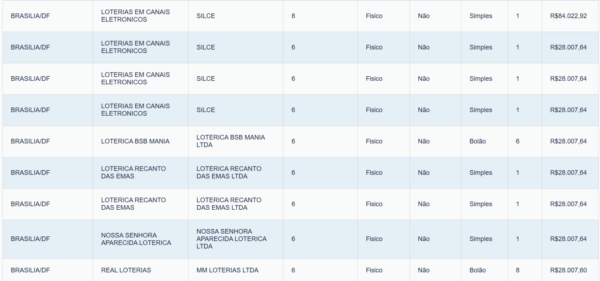
Everyday activity on the Internet puts millions of users at risk, and while it doesn’t always result in a direct attack, privacy and financial information can be compromised if basic security measures are not taken. Cybersecurity experts warn that while it is usually impossible for criminals to steal data simply by visiting a website, digital fraud is on the rise as techniques to trick users into obtaining their credentials and bank account details become increasingly sophisticated.
Most incidents reported during online shopping and daily browsing are related to scams, cloned pages, and social engineering techniques that cause users to submit information incorrectly. Fake portals that mimic brick-and-mortar stores, non-existent promotions, or doctored bank forms are usually the most common ways for criminals to access digital accounts without compromising a device.
Adding to this trend are more sophisticated techniques such as spear phishing and smishing, which use personalized data to make deceptions more convincing. Sends malicious links via text messages. These strategies attempt to lure users to sites designed to capture passwords, personal information, or card numbers. There are also campaigns using artificial intelligence to mimic the way real contact information is written to create trust in victims.

In today’s technological environment, modern browsers come with layers of protection designed to prevent sites from installing harmful software without your prior action. This type of automated attack, known as a drive-by download, was common several years ago, but now requires an unpatched vulnerability or version on the device. old program. Otherwise, execution of malicious code is blocked by mechanisms such as process isolation and security certificates.
Still, automated attacks are not going away. In some cases, criminals compromise legitimate pages and inject code that analyzes the browser, operating system, or installed plugins. Once a gap is found, the malware begins downloading without the user’s knowledge. This technique is also used in malvertising. Malicious ads infiltrate trusted ad networks And they also appear on reputable portals.
Exploit kits, packages that combine multiple tools to detect flaws and attack in an automated manner, are another common resource for targeted campaigns. These systems can install everything from banking Trojans to spyware designed to monitor user activity. Infections typically occur when a computer has an outdated version of a browser, PDF viewer, or multimedia engine installed, and a patch is already available, but the user has not installed it.

Expert recommendations are clear. When devices are updated, web access is much less likely to lead to a serious incident. Modern operating systems include advanced security mechanisms such as sandboxing, which prevents one process from accessing sensitive information of another process. Browsers like Chrome and Edge run each tab in an isolated environment, limiting the damage even if a page attempts to exploit a vulnerability.
Despite these barriers, perfect security does not exist. Because zero-day vulnerabilities (flaws unknown even to developers) can be exploited in certain attacks, experts recommend using additional security solutions that can detect suspicious behavior and block dangerous connections in real time. These tools act as a second layer to strengthen the system’s native defenses.
It is essential to identify fraudulent sites to avoid financial losses. Experts recommend checking the URL before entering personal data. Legitimate portals usually don’t use strange domains, character combinations, or very long addresses. It is also important to make sure that it is used for the connection. HTTPSmake sure there are no obvious mistakes in the design, and be wary of exaggerated or urgent offers.

Another important indicator is the absence of verifiable contact information. Physical stores include information such as addresses, phone numbers, and clear return policies. If a page constantly redirects to external links or requests sensitive information in an unusual way, this is a red flag.
Simple measures such as constant updates, distrust of suspicious links, and manual site verification can significantly reduce the risk when making online purchases or browsing unknown pages.



